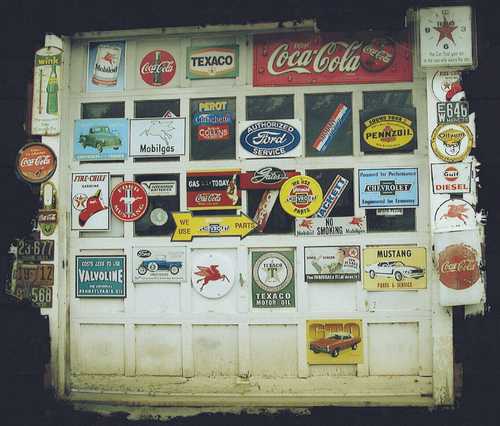Keywords: Sale of land
Item 102165
Thomas Jefferson contemplating the sale of frontier land, Philadelphia, 1776
Contributed by: Maine Historical Society Date: 1776 Location: Philadelphia Media: Ink on paper
Item 112085
Pejepscot Company Records, Volume 2, 1767-1818
Contributed by: Maine Historical Society
Date: 1767–1818
Location: Brunswick; Durham; Topsham
Media: Ink on paper
This record contains 136 images.
Item 151472
Cape Cottage Park, Cape Elizabeth, ca. 1925
Contributed by: Maine Historical Society Date: 1924–1926 Location: Cape Elizabeth Client: Cape Cottage Park Company Architect: John Calvin Stevens and John Howard Stevens Architects
Exhibit
The history of the region now known as Maine did not begin at statehood in 1820. What was Maine before it was a state? How did Maine separate from Massachusetts? How has the Maine we experience today been shaped by thousands of years of history?
Exhibit
Immigration is one of the most debated topics in Maine. Controversy aside, immigration is also America's oldest tradition, and along with religious tolerance, what our nation was built upon. Since the first people--the Wabanaki--permitted Europeans to settle in the land now known as Maine, we have been a state of immigrants.
Site Page
Mantor Library, University of Maine Farmington
View collections, facts, and contact information for this Contributing Partner.
Site Page
"Women’s economic activities, in short, undergirded both Wabanaki society and White New England colonists’ investment in and settlement of early Maine."
Story
Harold's Garage, Rome Hollow, Maine
by Mimi C
Story about Harold Hawes, owner of Harold's garage and self-styled auctioneer in Rome Hollow, Maine
Lesson Plan
Grade Level: 6-8, 9-12, Postsecondary
Content Area: Science & Engineering, Social Studies
This lesson presents an overview of the history of the fur trade in Maine with a focus on the 17th and 18th centuries, on how fashion influenced that trade, and how that trade impacted Indigenous peoples and the environment.












